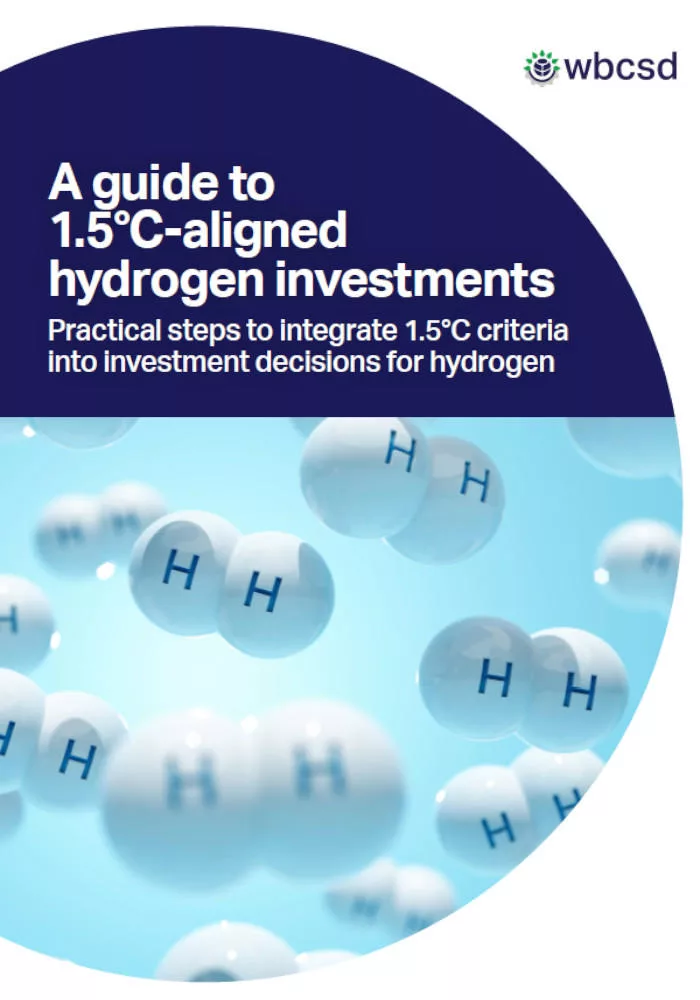As the world’s demand for hydrogen is expected to increase in coming decades, companies need to find much less carbon-intense ways to produce it to ensure the energy system will reach net-zero emissions by 2050. On a life-cycle basis, no production pathway can produce hydrogen with zero emissions. As such, it is essential to understand the level of emissions of the various hydrogen technologies and the best way to minimize them.
This guide provides a framework for investments in different hydrogen production technologies to ensure their life-cycle emissions are aligned with overall objective of limiting the global temperature rise to 1.5°C. It details three concrete criteria to help companies and their business partners identify projects in which to invest and encourage them to integrate these criteria into their investment decisions. This guide also illustrates how various hydrogen production and distribution pathways can implement carbon-intensity reduction measures to such a degree that they will eventually reach a net-zero state in 2050 – whether at a project, portfolio or company level.

